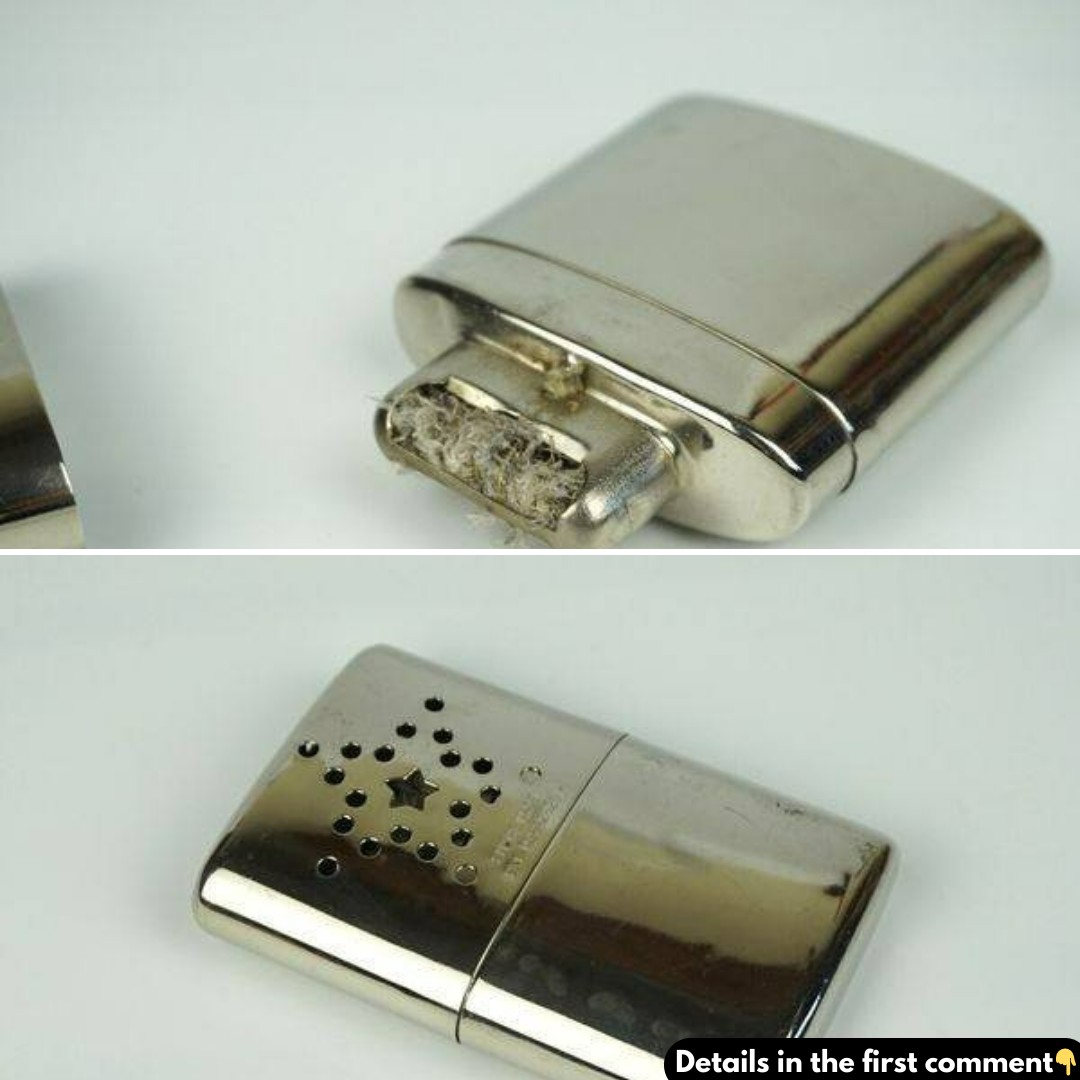Hand warmers have been a staple in many cultures for centuries, providing warmth and comfort in cold weather. From ancient braziers to modern-day collectibles, the evolution of hand warmers is a fascinating story that reflects human ingenuity and adaptability. Today, vintage hand warmers are highly sought after by collectors, not only for their practicality but also for their historical significance and craftsmanship.
The concept of hand warmers dates back to ancient times, when people in regions such as China and Japan developed creative solutions to ward off the cold. Early versions of hand warmers were small, portable braziers filled with hot coals, made from metal or clay. These simple yet effective designs allowed people to carry warmth with them wherever they went.
As time progressed, metal hand warmers became popular, particularly in the late 19th and early 20th centuries. These devices featured perforated casings that allowed heat to radiate outward, with compartments for burning charcoal or solid fuel sticks. The industrial advancements of the era led to more efficient and safer designs, making hand warmers an essential item for people braving cold weather.
A significant technological breakthrough came in the 1920s with the development of catalytic hand warmers. These warmers used a platinum catalyst to generate heat without an open flame, making them safer and more reliable. This innovation was particularly appealing to soldiers, outdoor enthusiasts, and anyone needing warmth in freezing conditions.
For people living in colder climates, vintage hand warmers were indispensable tools. Whether commuting to work, attending outdoor events, or spending time outside, these devices provided essential warmth. The process was simple: light the fuel, place it in the hand warmer, and tuck it into a pocket or glove.
During World War I and World War II, hand warmers became vital equipment for soldiers stationed in freezing environments. The warmth they provided helped maintain dexterity, allowing soldiers to handle weapons and equipment effectively. In battle, being able to stay warm wasn’t just about comfort – it could be a matter of survival.
Today, vintage hand warmers are highly prized by collectors for their unique designs, historical significance, and craftsmanship. Each hand warmer represents a piece of history, offering a tangible connection to earlier times. They also remind us of a time when people valued durable, reusable items, encouraging us to think about sustainable solutions for the future.
Beyond their practical uses, hand warmers hold cultural significance in various regions. For example, in Japan, traditional kairo hand warmers remain a part of winter rituals and are celebrated as symbols of resilience against the cold.
The timeless appeal of hand warmers lies in their ability to provide warmth and comfort in cold weather. Whether used for practical purposes or collected as artifacts, these devices continue to be beloved companions, offering a sense of warmth and connection to the past. As we look back on the journey of hand warmers, it’s clear that these devices have played an important role in human history, providing a blend of practicality, craftsmanship, and cultural significance that continues to captivate us today.


